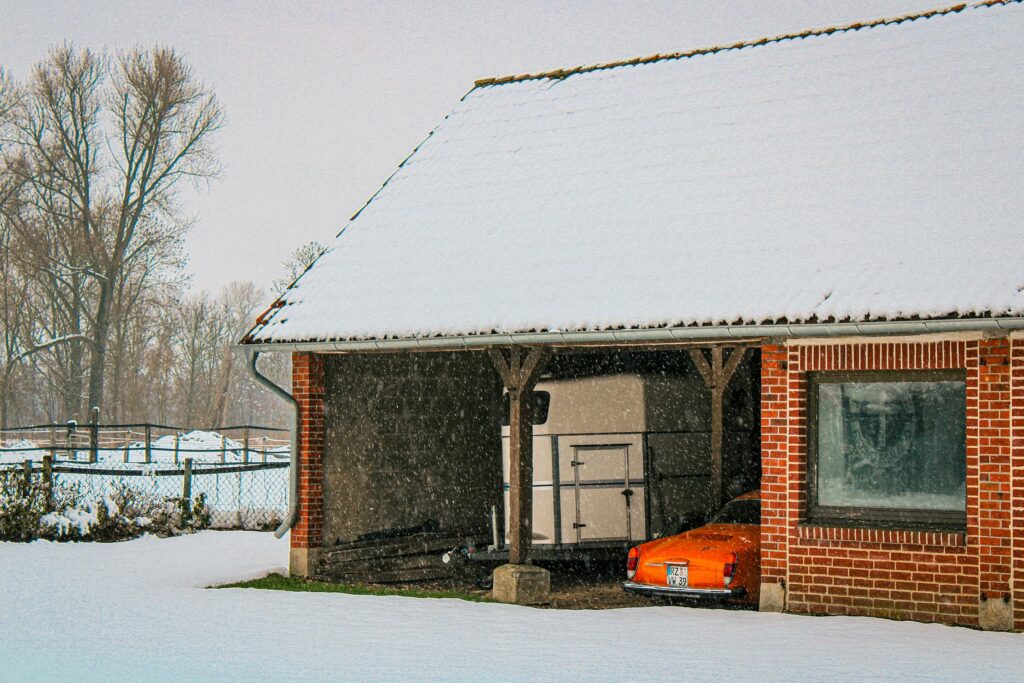In the realm of Home Improvement, Do-It-Yourself (DIY) projects have become increasingly popular. This is largely due to the cost-effectiveness of handling such tasks on your own, instead of hiring professional contractors. The exterior paint job of a house not only enhances its curb appeal but also acts as a protective shield against weather conditions. Hence, exterior painting is an important aspect of home maintenance.
Benefits of DIY Exterior House Painting
Among the most prominent benefits of DIY exterior house painting is the significant cost savings it provides. By bypassing professional painters, you cut the expenditure on labor costs and only need to account for material costs. Besides saving money, you can also gain a new skill. A DIY exterior painting project hones your understanding of different paints, tools, and techniques which can be valuable in other DIY projects. Additionally, there’s a significant sense of personal satisfaction and accomplishment that comes with successfully completing a DIY project. The tangible proof of your labor not only brightens your home but also your sense of pride.
Preparation for Your DIY Exterior Painting Project
Evaluating Your House Exterior
The first step consists of a thorough evaluation of your house’s exterior. Look for signs of weather effects, crakcing or peeling paint, and mold or mildew. All these conditions require different preparations and must be resolved before the exterior paint job can start.
Choosing the Right Paint
When it comes to choosing the right paint, there are two major types: oil-based and water-based, each with its own traits. It’s important to choose a type of exterior house paint specifically designed to withstand sun and rain. Additionally, the final look of your house can vary greatly depending on the color you choose for it. Thus, considering the architectural style of your house and the neighborhood’s color palette may prove beneficial in making the color selection.
Gathering the Necessary Tools
Painting your home’s exterior isn’t just about quality paint. You’ll need other good tools like a paint brush, paint roller, paint tray, paint scraper, painters tape, and proper safety equipment. Safety is paramount when undertaking a DIY project, hence wearing gloves, goggles, and having a sturdy ladder are non-negotiable.
Getting Ready to Paint
Cleaning the Exterior
A clean surface is essential for the paint to adhere properly. Power washing your house exterior can often provide the best results. The best time to clean the surface is a few days before painting, allowing ample time for it to dry thoroughly.
Protecting Doors and Windows
Use painter’s tape to protect doors, windows, and any other fixtures that wouldn’t be painted. This will keep these areas clean and free from accidental paint splatters or drips.
Priming the Surface
A primer sets the stage for a smooth, even finish and ensures the longevity of your paint job. Depending on the condition of your house’s exterior, you could opt for a latex or oil-based primer.
The Painting Process
Techniques for a Professional Finish
The primary painting techniques include rolling, brushing, and spraying. Each of these techniques has its own benefits, but they all require patience and precision to attain a smooth finish. Numerous thin coats can result in a more durable and attractive finish than a single thick one.
Managing Corners and Trims
Corners and trims often pose a challenge in exterior home painting. Consider using smaller brushes which offer more control than rollers in these areas. The key to clean lines and neat finishes on these difficult sections is patience and careful brushing.
Dealing with Weather Conditions
Weather conditions play a crucial role in exterior painting. Ideally, the temperature should be moderate and without the threat of rain during the painting process and for at least 24 hours afterward.
Maintenance and Care
Maintaining your paint job’s freshness over time is a combination of routine care, quick touch-ups, and problem-solving. Regularly cleaning your exterior can prevent dirt and dust build-up, widely known causes of paint dullness and discoloration.
Noticing areas where paint is peeling or fading and dealing with them promptly can also extend the life of your paint job. A fresh coat of paint now and then, focusing on high-traffic areas, can ensure your home exterior stays looking sharp.
Let Homeowner.org Help You
Transforming your home’s exterior through a DIY paint job is a fulfilling project that saves you money and hones your DIY skills. By careful preparation, choosing the right paint, mastering painting techniques, and committed maintenance, you can create a professional-looking exterior that holds up over time. The sense of personal satisfaction from such an endeavor is the cherry on top of a beautifully painted home.
We at Homeowner are here to help. Check us out for plenty more information, ideas, and tips on all things home-related. And click here to get pre-approved to buy or refinance your home today!



